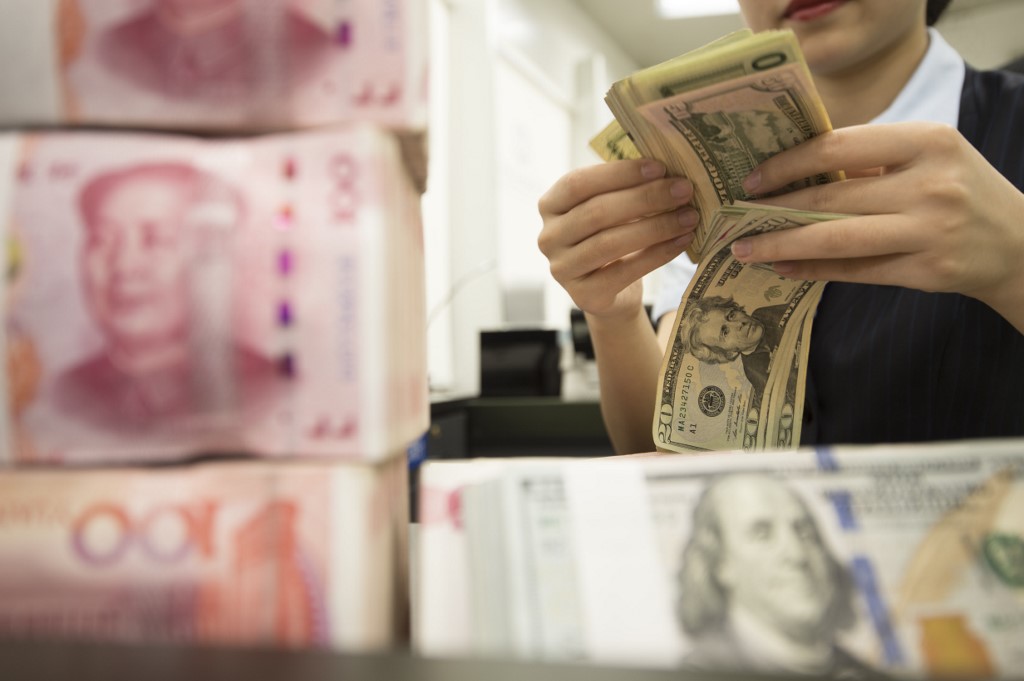(ATF) I wrote a couple of weeks ago that I was highly – and caustically – sceptical of the forecast of a Goldman Sachs strategist who saw the USD rise to 7.25 against the Chinese currency.
Currency pairs don’t always follow a path of relative economic performance. The Japanese yen, notoriously, tends to rise when the Japanese economy underperforms and to rise sharply when the Japanese economy tanks seriously. The reason: Japan has the world’s largest amount of foreign assets of any nations and Japanese firms repatriate portions of those assets as needed, driving up the yen.
Similar distortions of “strong economy = strong currency” occur in global crisis situations when the dominant global reserve currency, the US dollar, outperforms as a safe-haven currency no matter how (within obvious limits) the US economy is also crisis affected.
We just went through that situation when the USD rose to record highs at the height of the coronavirus crisis in late March.
But such oddities and distortions aside, the “strong national economic fundamentals = strong national currency” holds.
Going by such fundamentals, here’s what we’ve got: China has largely overcome the coronavirus crisis and, as the recent PMIs show, is well on the way to economic recovery.
By contrast, the US is not only yet recover from the virus crisis, but daily is getting deeper into it; it’s now recording more than 50,000 new cases a day and perhaps soon will be seeing more than 100,000 cases, according to top US health officials.
As a result of the US inability to cope with the virus issue, economic recovery since mid-June has stalled and may soon take a renewed downturn.
That’s costly in terms of a bloating Fed balance sheet, large debt accumulation and collapsing US national savings.
The handwriting is on the wall. The US dollar is in trouble. Fundamentally and in terms of sentiment.
By contrast, nothing of the sort applies to China and to the yuan. The economic fundamentals are intact. The People’s Bank of China (PBoC) has decided, according to reports today, that no significant early monetary easing is required.
What has always been a yuan-positive interest rate differential just became more so. The PBoC set central parity for the yuan at 7.0566 to the USD, highest since mid-April.
The yuan did not quite hold that strength, but still traded at a strong 7.0675 at 7pm HK time. The dollar index (DXY) meanwhile dropped to 96.9650.
That’s the way it should be when fundamentals instead of speculation, fear and loose sanctions talk count.
ALSO SEE: China mulls brokerage licences for two investment banks
China blames US ‘black hand’ for tech bans
UK offers Hong Kongers immigration rights after new China law






















